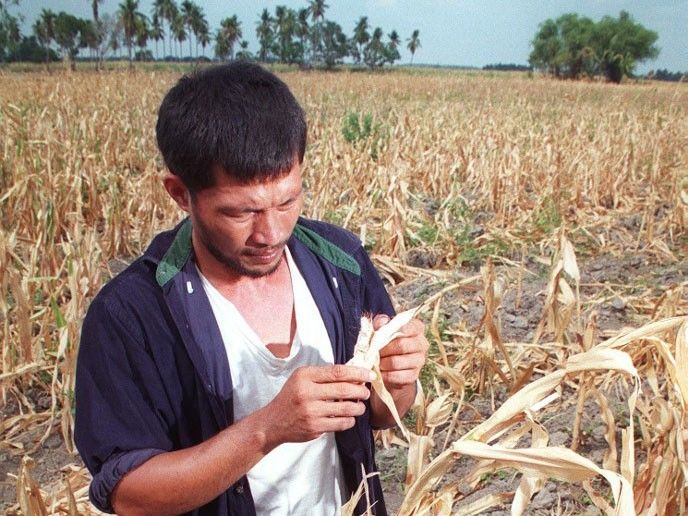Philippines records fewer storms, faces worst drought in decades

MANILA, Philippines — The Philippines has so far endured fewer storms in 2023 than in any of the past 25 years and now faces potentially the worst drought in decades, officials said Tuesday.
The tropical archipelago nation -- which is ranked among the most vulnerable countries to the impacts of climate change -- is usually affected by around 20 major storms a year.
So far this year, only 10 have made landfall or come close, the lowest number since 1998 when 11 were recorded, said Ana Solis, chief climatologist at the state weather forecaster.
With less than three weeks of the year left, "it looks like the record will be beaten", Solis told AFP, adding that climate change was "probably" a factor.
The Philippines began keeping weather records in 1948, Solis said.
As a consequence of the weather phenomenon known as El Niño, the Philippines was also likely to experience "moderate to severe drought conditions" from February to May 2024, the government's Science and Technology Department Secretary Renato Solidum told reporters.
That would be comparable to the drought during the 1997-1998 El Niño, which was the country's worst-ever dry spell.
El Niño was already underway, bringing drier conditions to some areas of the country where there had been up to an 80% reduction in rainfall, Solidum said.
Solidum said 77% of the country's provinces were expected to be in drought by the end of May.
He urged government agencies to begin preparing to ensure enough water, food and electricity would be available.
"We need to plan ahead and make it fast," Solidum said.
Temperatures in the capital Manila could reach up to 38.3 degrees Celsius (100.9 degrees Fahrenheit) in April and May -- comparable to 1998 figures, he said.
Northern areas of the main island of Luzon could hit 41C.
- Latest




























